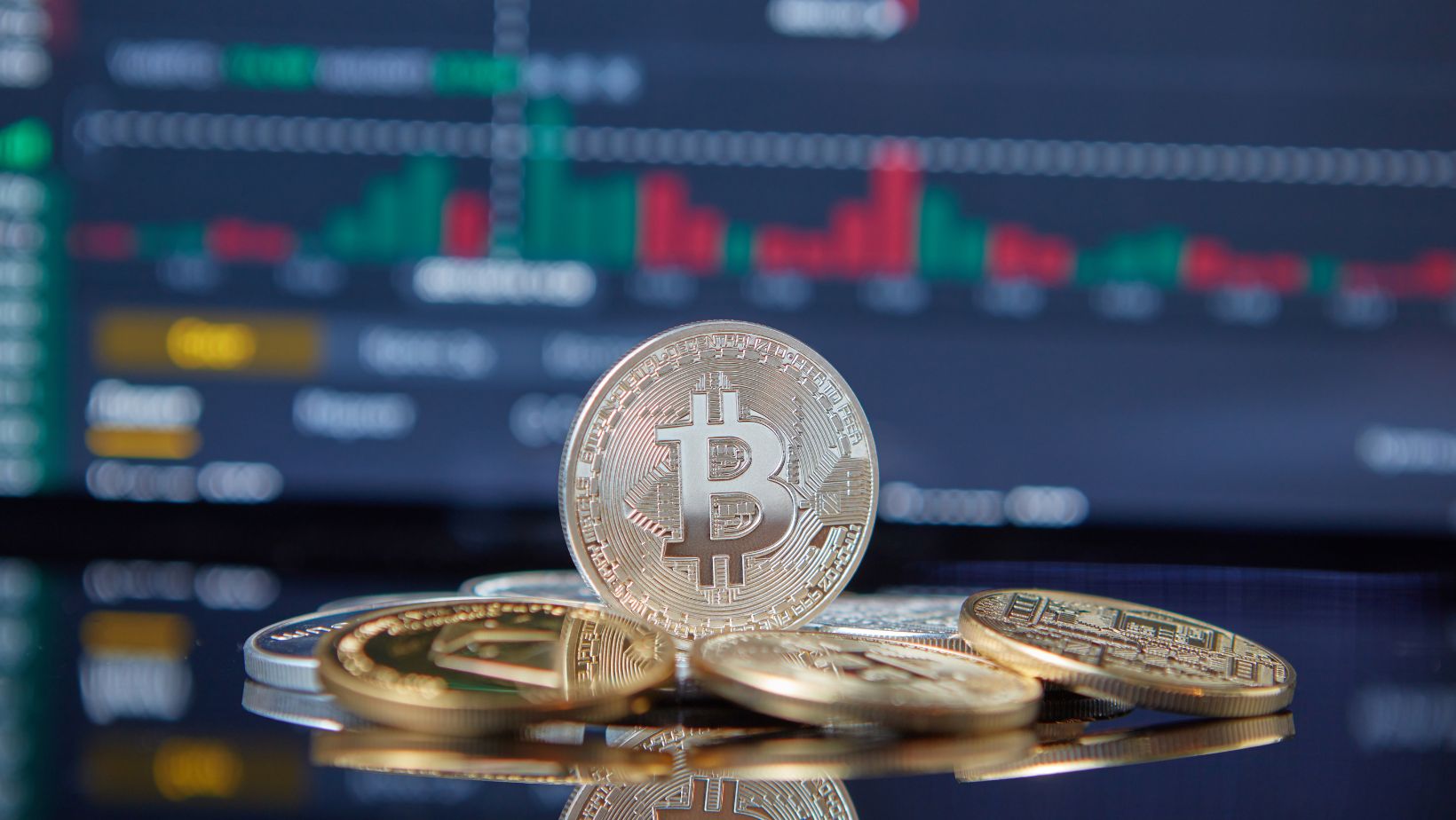
 Broadly defined, cryptocurrency is a form of digital money that is mined using cryptography on decentralized blockchain technology networks. Transactions are verified by nodes in this computerized chain, with each step automatically recorded in a publicly accessible ledger. Intervention in the blockchain to manipulate the system is nigh impossible.
Broadly defined, cryptocurrency is a form of digital money that is mined using cryptography on decentralized blockchain technology networks. Transactions are verified by nodes in this computerized chain, with each step automatically recorded in a publicly accessible ledger. Intervention in the blockchain to manipulate the system is nigh impossible.
This is a marked difference compared to fiat currencies. These are issued by central governments, typically with a single entity like a bank controlling the currency and its value. In the US, the Federal Reserve plays this role.
The Current State of Crypto
Established cryptocurrencies like Bitcoin and Ethereum are seeing increasingly widespread acceptance, and new crypto projects are popping up every day. There are now more than 560 million crypto holders globally, and crypto enthusiasts are constantly looking for new upcoming crypto coins that show promise of returns down the road. Crypto author Alan Draper understands that choosing a new coin to buy can be daunting, as investors have to separate the hype from the quality projects. Draper urges investors to review a coin’s roadmap, use cases, and liquidity potential before buying in.
Crypto adoption is currently primarily being driven by the unique advantages that cryptocurrencies offer. Transactions are quicker, taking mere minutes, as opposed to the 24-hour wait for wire transfers and the three to five days that US banks typically take to clear incoming funds.
Such transactions are also more cost-effective, with minimal or even zero admin costs attached. It’s also much easier to open a crypto wallet account – ID verification, credit checks, and background checks are not required. This lack of red tape makes crypto very attractive to the average person, in a world many feel is becoming increasingly complex.
Crypto wallets are also more secure than traditional banking accounts. Banks do use advanced technology to detect and prevent intrusion or fraud, but there are still vulnerabilities. The FTC Consumer Sentinel Network Databook reports that people lost around $10 billion to banking scams in 2023.
Crypto Can Solve Fiat Currency Issues
Cryptocurrencies remove several onerous aspects of using fiat currency and are starting to be seen as more trustworthy as technological advances impact financial systems. Current transaction processes can’t run without intervening third parties – whereas crypto transactions are peer-to-peer. With intermediate entities like banks having to validate every transaction, the administrative costs of maintaining these financial systems are high and, of course, passed on to consumers in the form of bank charges. Cryptocurrencies completely dispense with all of this.
Even though we’ve lived with the current system for most of our lives, it also still raises the issue of trust. Not only do we need to rely on the banks to protect us, but having a third party in the process creates additional vulnerability. We’ve already mentioned the vast sums lost due to hacking and phishing. More worryingly, many of these third parties have been exposed to unethical practices that not only cause personal financial loss but also introduce instability and doubt into the financial system.
 Contrast this status quo with the cryptocurrency model, where secure and transparent blockchain technology ensures that consensus mechanisms are built in at every step. These mechanisms can verify and store transaction information in a way that cannot be altered, either while transacting or retrospectively. This hugely reduces the potential for any kind of financial fraud.
Contrast this status quo with the cryptocurrency model, where secure and transparent blockchain technology ensures that consensus mechanisms are built in at every step. These mechanisms can verify and store transaction information in a way that cannot be altered, either while transacting or retrospectively. This hugely reduces the potential for any kind of financial fraud.
The Allure of Decentralized Control
Cryptocurrencies are starting to play a significant role among people who don’t meet the requirements for financial services from banks, or who face discrimination for reasons like having no credit record, a lack of collateral, or simply not earning enough money to afford the associated banking costs.
This group has become collectively known as the “unbanked” or “unbankable”, and has historically been excluded from the centralized financial sector as a result. Crypto has no such barriers to entry, due to its completely decentralized infrastructure.
Consequently, research suggests that people in lower and middle-income countries are more likely to start using crypto over fiat currencies, with South and Central Asia leading the way. These are places where people often don’t have access to financial services or are using existing national systems that are burdened by corruption and inefficiencies. It’s not hard to see the attraction of crypto over fiat currencies in these regions.
This also speaks to the macroeconomic environment. By controlling the money supply, central banks have the power to influence demand, which impacts consumer spending power, and creates exchange rate instability. They also control interest rates, using them to encourage or discourage spending, as a way to manage inflation.
While it may sound a bit utopian, cryptocurrency adoptees see the potential for crypto to transfer control from these central banks, creating a scenario where only consumers directly influence supply and demand. The hope is that this will result in a currency that is more stable in value. Some analysts believe that it will also temper inflation, simply due to the fact that people will lend money directly to each other using peer-to-peer processing.
Challenges of Replacing Fiat Currency
So far, replacing fiat currency with crypto would seem like a no-brainer, given its numerous advantages over a fiat currency system. Unfortunately, it’s not that straightforward.
At the moment there are a few important concerns around cryptocurrencies. The most controversial of these is the environmental impact of crypto mining. The latest reports suggest that it is having a disproportionate impact on global warming, due to the vast amount of energy required to mine coins. Furthermore, developing regions that have constraints on computing infrastructure could find themselves hindered by their limited technological resources.

Additionally, while widespread adoption of crypto could lead to more stability in financial markets, it currently suffers from high levels of volatility. Naturally, this has prevented many potential users from trusting it enough to adopt it.
Layered over this are the existing regulatory inconsistencies from country to country, and the general uncertainty over how governments will regulate crypto in the near future. Right now, this creates compliance headaches for both businesses and individuals.
Conclusion: What’s Needed for Mass Adoption
Several steps are required before cryptocurrencies will be able to replace fiat currencies. While the crypto technologies and infrastructures are robust, blockchain scalability still needs to be improved if mass adoption is the aim. More regulatory clarity is also sorely needed – only once a clear and consistent regulatory system is established will businesses and individuals have the confidence to switch from fiat currency to crypto.












